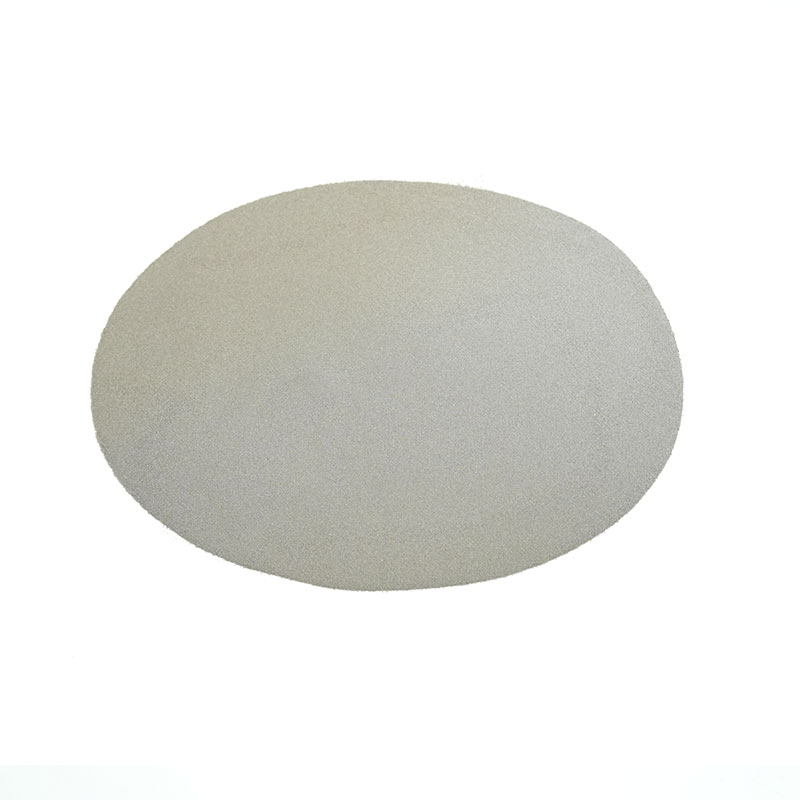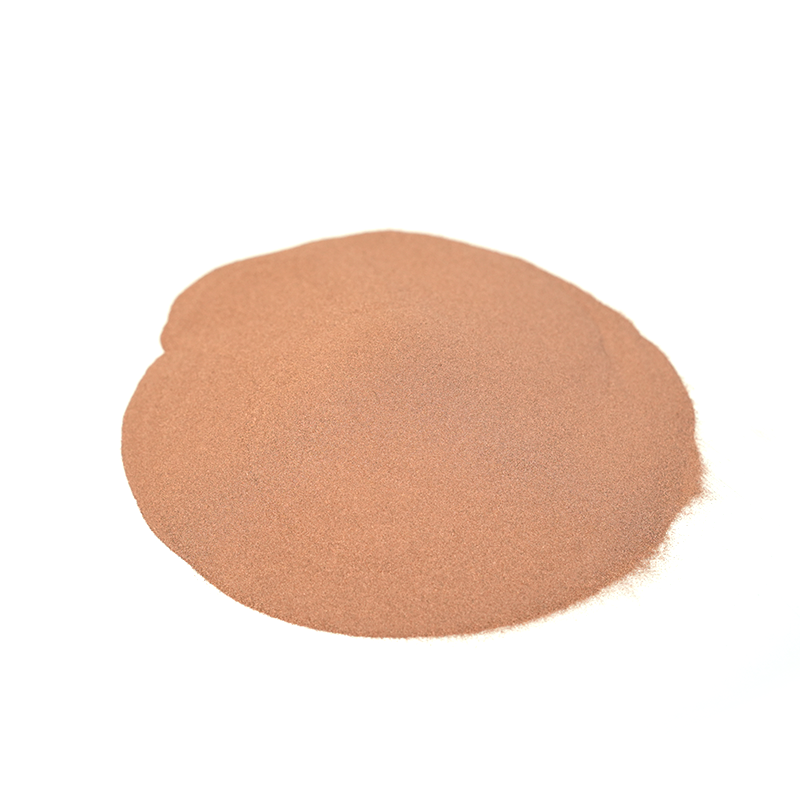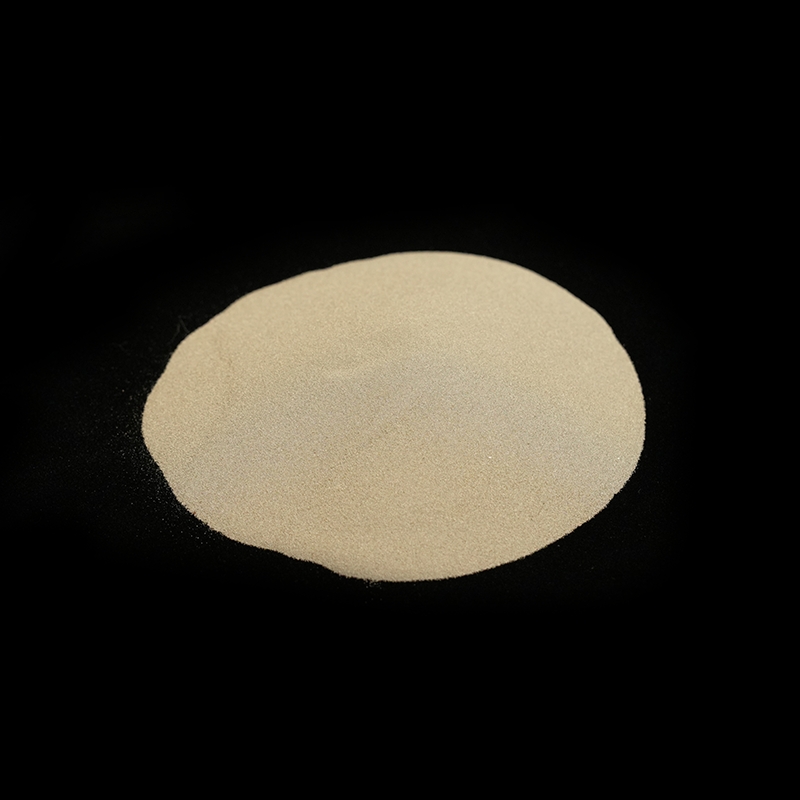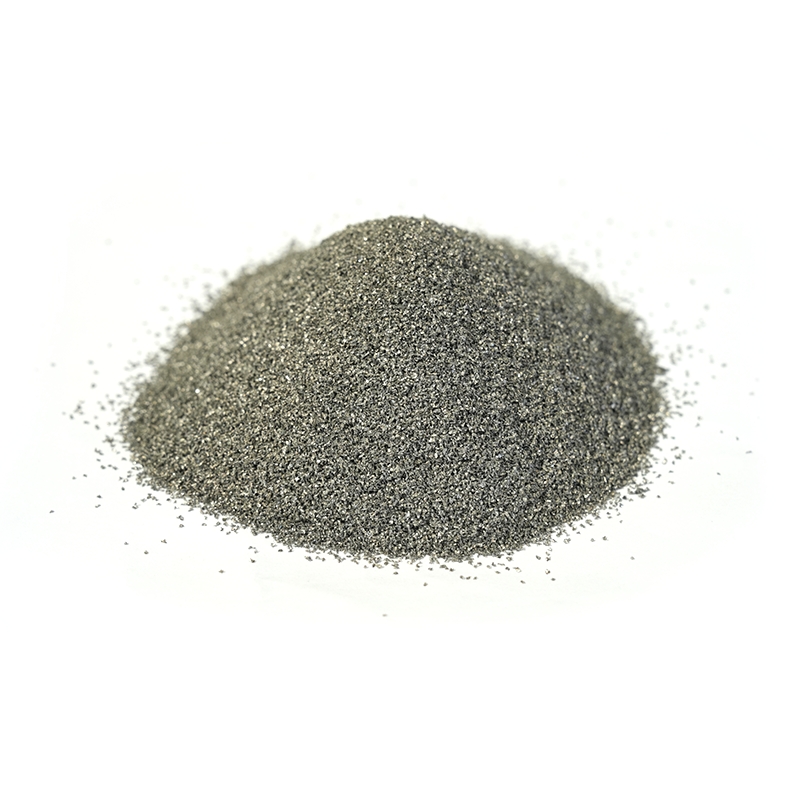Carbide Composite Powder stands as a foundational raw material for modern high-performance engineering, defining the capabilities and lifespan of tools and components in the world's most demanding industries. The material's unique blend of ceramic-like hardness and metallic toughness, achieved by combining ultra-hard carbide particles (such as Tungsten Carbide (WC), Titanium Carbide (TiC), or Chromium Carbide (Cr3C2)) with a ductile metallic binder (like Cobalt (Co) or Nickel (Ni)), makes it irreplaceable in sectors where wear resistance and thermal stability are paramount.
The criticality of Carbide Composite Powder is most evident across three major industrial categories:
1. Mining and Construction: The Backbone of Earth-Moving
The mining and construction sectors represent one of the largest consumers of cemented carbides. In these environments, tools are subjected to extreme abrasive wear, high impact forces, and continuous friction against rock, soil, and concrete.
-
Product Focus: Wear Parts and Inserts: Carbide Composite Powder is the core ingredient for producing specialized components that literally break and shape the earth. This includes rotary drill bits for oil and gas exploration, road milling and tunnel boring machine (TBM) inserts, and cutting tips for coal excavation.
-
Material Performance: Composites based on Tungsten Carbide (WC-Co) are preferred here for their exceptional combination of high hardness and fracture toughness. The controlled grain size of the initial Carbide Composite Powder dictates the final tool's resistance: coarser grades are used for high-impact applications (like mining tips), while finer grades offer superior resistance to abrasion (like precision drilling).
-
Criticality: Without these wear-resistant carbide components, the operational efficiency of global resource extraction and infrastructure development would plummet, leading to exponentially increased downtime and replacement costs for steel-only alternatives.
2. Metalworking and Manufacturing: Driving Production Efficiency
The ability to machine and form tough metals with speed and precision is central to the manufacturing economy, and this is where carbide composites truly excel.
-
Product Focus: Cutting Tools and Dies: The primary application is in the production of indexable cutting inserts, end mills, reamers, and specialized punches and dies. These tools are used in computer numerical control (CNC) machines to cut, shape, and finish materials ranging from stainless steel to high-temperature alloys.
-
Material Performance: The superior hot hardness and chemical stability of the Carbide Composite Powder structure allow these tools to operate at significantly higher cutting speeds and temperatures than high-speed steel (HSS) tools. This drastically improves manufacturing throughput and part quality. In metal forming, carbide dies and punches provide the required compressive strength and wear resistance for high-volume operations like stamping and drawing.
-
Criticality: Precision industries like automotive, medical device manufacturing, and general industrial engineering rely on the speed and reliability of carbide tooling to maintain tight tolerances and mass-produce components efficiently. A slowdown in carbide supply directly impacts the global manufacturing pipeline.
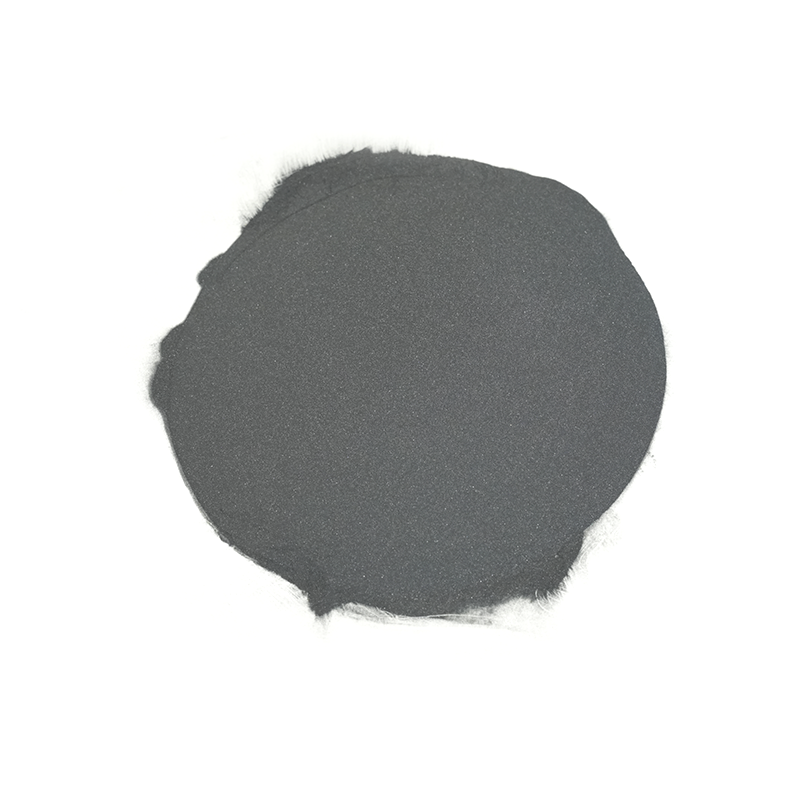
3. Aerospace and Defense: High-Temperature and Critical Components
In aerospace and defense, materials must perform flawlessly under the most extreme conditions, including high thermal load, rapid erosion, and corrosive environments.
-
Product Focus: Thermal Spray Coatings and Engine Components: While solid components are used, a critical application involves using fine Carbide Composite Powder for thermal spray coatings. Chromium Carbide (Cr3C2-NiCr) and Tungsten Carbide (WC-Co) powders are sprayed onto critical parts like aircraft engine turbine blades, landing gear components, and hydraulic cylinders.
-
Material Performance: These coatings provide a dense, highly wear- and corrosion-resistant layer that protects the underlying base metal (e.g., steel or titanium) from degradation at high operational temperatures and speeds. Furthermore, composites made from carbides and specialty binders are used for high-stiffness, low-density components required in modern airframes.
-
Criticality: The longevity and safety of high-speed, high-stress equipment in these sectors directly depend on the integrity of components protected or formed by advanced Carbide Composite Powder. Failure of a critical wear-resistant coating can lead to premature component failure, representing a significant safety and cost risk.
In conclusion, Carbide Composite Powder is not merely a material; it is a strategic enabler of global industry. From the precision-machined gears in an automobile to the drill bit sinking an oil well, its unique properties translate directly into enhanced durability, efficiency, and performance across the world's toughest industrial environments.


 English
English русский
русский عربى
عربى

